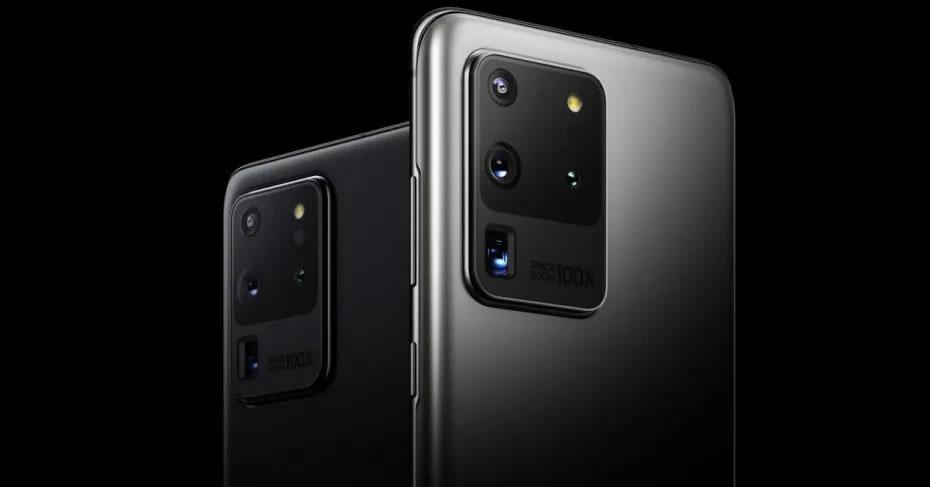Samsung has taken the Galaxy S20 series to the next level. At the top is the S20 Ultra, a super-specific phone, sitting next to the Galaxy S20 and Galaxy S20 +. At the more accessible end, we meet the S20 FE model.
Samsung offers more features than any other manufacturer, so it's easy to overlook or never discover some of the hidden ones. In this article, we'll show you some of the things your S20 can do and how to control it.
Find everything on a Samsung S20: If you're struggling to find things, swipe down the quick settings and you'll find a search option at the top. Start typing and the phone will perform a universal search through the settings, applications, contacts, calendar appointments. It is a very powerful and useful element. You can also launch it by displaying applications and tapping the search bar at the top.
How to turn off or restart the Samsung S20: Samsung has reconfigured the side key on the S20, so a long press will launch Bixby by default, rather than shutting down the device like (almost) any other phone on the planet. To turn off your phone, slide down the quick settings panel and tap the power icon there. Then you can turn off the phone. There is also a shortcut to the side key settings on that screen, so you can change the function if necessary.
Enable Android 10 gesture browsing: By default, the Samsung S20 will provide the three Samsung navigation icons. If you want to switch to Android 10 gestures, open settings> display> navigation bar. Here you have the option for full screen buttons or gestures. You can tap "multiple options" to customize them, but with full-screen gestures, your phone will allow you to swipe from side to side and back up and down to go home, just like other Android devices.

Customize the navigation bar: If you are left with the on-screen navigation controls, you can customize the command. Go to settings> display> navigation bar and change the order of the buttons.
Edit home screen: A long tap on the background on any home screen allows you to edit your wallpaper, themes, widgets, pages or other settings. This area will also allow you to add or delete full screenshots, so if you want a widget page, this is where you're going to add it.
Put more on the home screen: You can change the screen grid size of your shortcuts and widgets, depending on how dense your home screen is. Long press on the background and select "home screen settings". Select 4x5 to keep things pretty clear, or 4x6, 5x5, or 5x6 to make it more crowded.
Resize widgets: Many widgets are resizable. A long press selects them. When you lift your finger, you can drag the blue box that appears and resize the widget. You can even resize or reposition the Google search box.
Customize the status bar: This is the information at the top of the screen. Go to settings> notifications> status bar and you have a few options. You can limit yourself to three or more notification icons. You can also turn the battery percentage on or off.
Allow your homepage to run in landscape mode: This option will allow the home screen and application tray, settings, etc. to be displayed in landscape mode. It is turned off by default, but you can turn it on in settings> home screen settings> rotate in landscape mode.
Create a folder: Simply drag one application on top of the other on the home screen and a folder is created. To remove an application from a folder, open the folder and long-tap an application, and you'll receive a pop-up menu that allows you to remove that application. To add applications, either drag them to a folder or press the "+" button in the folder to add applications.
Change the color or name of a folder: Open a folder and enter the desired name at the top. If you do not want a name, leave it blank. To change the background color of the folder, tap the dot in the right corner and select a new color - including fully custom colors.
